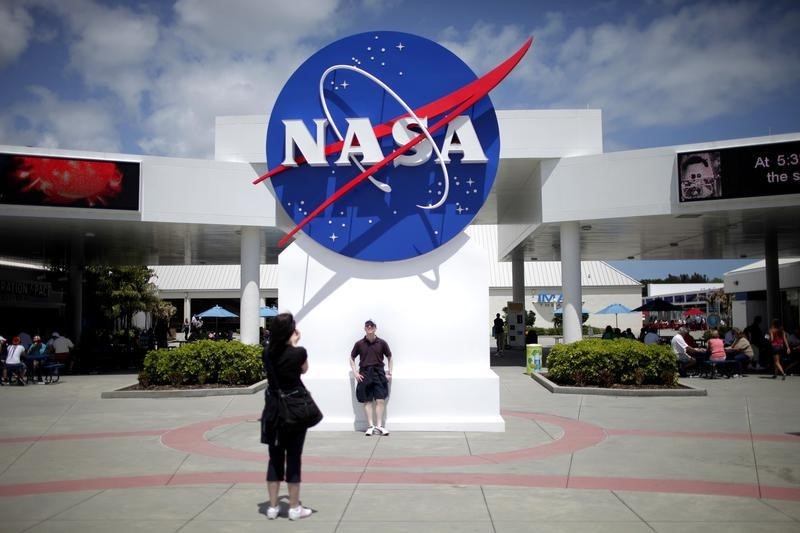By Ian Simpson
WASHINGTON, Jan 29 (Reuters) - The moon will stage a rare triple show on Wednesday when a blue super moon combines with a total lunar eclipse that will be visible from western North America to eastern Asia, U.S. astronomers say.
The overlap of a blue moon - the second full moon in a calendar month - with a lunar eclipse while the moon is at its closest approach to the earth is the first such celestial trifecta since 1982, said Noah Petro, a research scientist at NASA's Goddard Space Flight Center outside Washington.
"Just having these three things simultaneously occur is unusual," Petro said in a telephone interview. "A blue moon is not extremely rare but it's a nice coincidence that it happens in conjunction with these other two."
The moon will reach its fullest on Wednesday at 8:27 a.m. EST (1327 GMT).
A blue moon normally occurs about once every 2-1/2 years. This month's first full moon was on Jan. 1.
The blue moon also will be a super moon, which occurs when it is at or near its closest point to the earth, or perigee. A super moon is about 14 percent brighter than usual, the National Aeronautics and Space Administration said.
Wednesday's moon will be the second closest of 2018 after the one on Jan. 1.
The lunar eclipse, which takes place when the moon passes in the earth's shadow, will last almost 3-1/2 hours. It will start at 6:48 a.m. EST (1148 GMT) and peak at 8:29 a.m. EST (1329 GMT), NASA said.
The total eclipse will be visible from the western United States and Canada across the Pacific Ocean to most of Australia and China, as well as northern polar regions. The eclipse will give the moon a reddish color known as a blood moon.
"I'm calling it the purple eclipse because it combines the blue moon and a red eclipse," Rich Talcott, a senior editor at Astronomy magazine, said by telephone.
Petro said the eclipse is also a scientific opportunity for researchers in Hawaii, who will study what happens to the moon's surface when it quickly drops from 212 Fahrenheit (100 Celsius) in sunlight to minus 279 F (minus 153 C) in darkness.
The speed of cooling can show what the surface is made of, such as rock or dust, he said.
